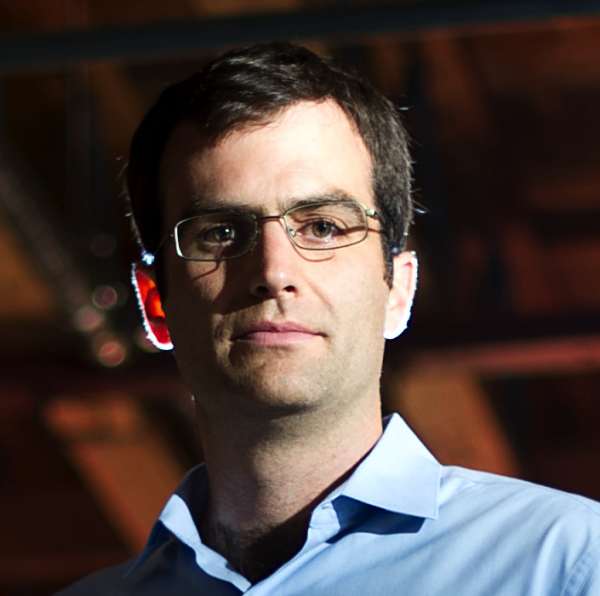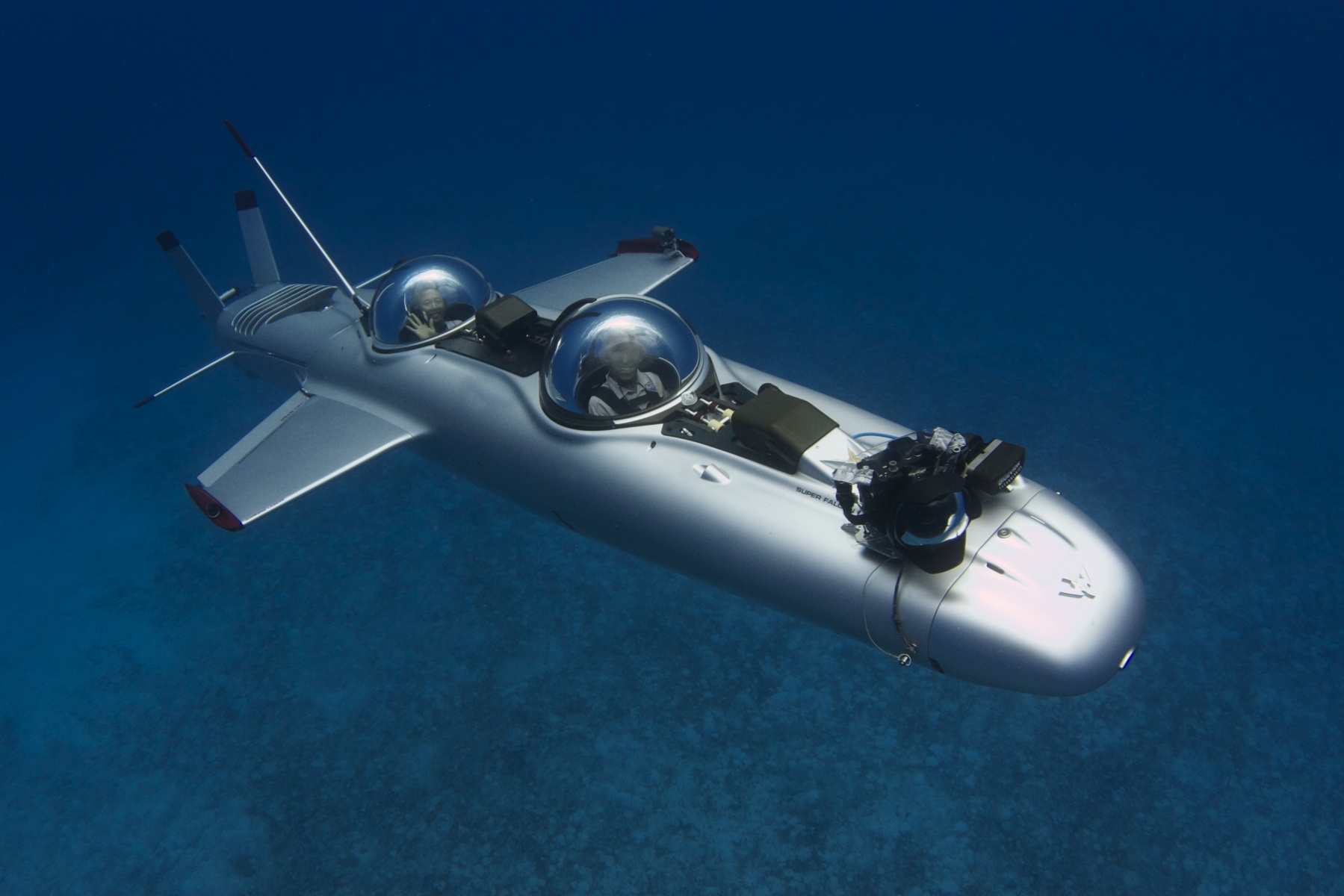
“Just look at the world around you, right here on the ocean floor.” ~ Sebastian, The Little Mermaid
There’s a project manager who intentionally flies his projects to depths where all natural light disappears – Adam Wright.
A mechanical engineer by training and trade, Wright has risen to his current position as President and COO from humble beginnings with the company as a summer intern. He balances his responsibilities as a C-suite level executive in the company while simultaneously managing the build, test, and deployment of the submarines for the company DeepFlight. Through two different classes of personal submarine, DeepFlight is enabling personal exploration of previously inaccessible ocean sites.
“How I plan the work usually lines up with how I’m going to work on the project plan itself.” Wright offered. “The way we do the work is the most effective way we could think of to manage so many different people and pieces at the same time.”

“Once the customer has committed to the project, they pick what they want.” Wright started. “We have the Super Falcon – the flagship submarine that ‘flies’ underwater. It’s fast, light, safe, and most importantly: sexy. Option two is the Dragon – based on the concept of a helicopter, meaning that this submarine can ‘hover’ in one place.” When the DeepFlight customer has acknowledged their need for a personal submarine, they weigh the options and determine which path makes the most sense for them and the project Initiation Phase underway. Wright takes his team, comprised of the electrical and mechanical departments of his company, through a ‘kickoff‘ to complete the Initiation Phase of the project.
“Since we know the timelines and the budgetary items, we are able to proceed forward with the plan in motion.” Wright and team have built several prototypes and delivered several submarines to clients worldwide. They leverage knowledge from their previous experiences and develop the project plan against the factors that they already know. With a relatively small team size and specialized production needs, budget and timeline are the most flexible elements of their plan.

Moving through to the Execution phase of the project, Wright offered his best practice in the workshop. “We have a weekly meeting for 1-hour. We track progress, identify challenges and risks, and make commitments for the next week.” Since the company is small and everyone is involved in the project this company does not need to produce many status reports; however all material is input to the project plan. Everyone does their part to keep the project plan up to date and everyone operates from it.
I asked about the reporting and transparency to their customer during the project; curious to understand what kind of influence and control the customer had once the project was in motion.
“Our projects are all timeline AND milestone based, particularly as it comes to payments.” Wright answered.

Wright and I continued with a focused discussion regarding status reporting for DeepFlight projects. Each status report is accompanied by a collection of photos with descriptions of what is going on in each photo to demonstrate accomplishments and progress. Also included are the next steps and options for the customer, in addition to request for the next installment of payment based on any decisions made by the client. Electrical and mechanical sections provide the reports to the COO who provides it to the customer.
I also got a chance to ask about stakeholder engagement and expectation setting. As it turns out, the President – in this case also Adam – was responsible for that aspect of the project as well.
In the Monitor and Control phase of the submarine projects, there is dry land testing as soon as the submarine is built and assembled. Modular components are easier to build and test, since they do not need to be measured against the whole of the craft. As an example of modular components, Wright discussed the thrusters. “Once assembled and tested, then it is incorporated to the larger superstructure.”
Wright continued and described the In-Water testing – Once a sub is fully operational; there are 3 phases of testing.
- Weight and balance test – make sure it floats
- Operational test – make sure each of the features function appropriately.
- Deep Water testing – Pressure test which ensures that it can operate at the specified depths. Data from this test is made wholly available to the client for transparency.
The subject of User Acceptance Testing came up, and Wright was lightning quick with his answer which happened to align very well to the PMBOK framework.

DeepFlight makes all of their work open to the customer’s option to involve a 3rd party surveyor. This surveyor is an independent of the company and accepted by the customer as an expert. This is a risk mitigation, transferring the risk ownership to a 3rd party. This does extend the timeline by 2 months – however this is explained to the client at the beginning of the project. Otherwise the customer will accept the findings of DeepFlight that their craft meets or exceeds their safety specifications.
At the conclusion of the project, and the submarine has been delivered to the client, the team holds a project closure and debrief session. All members of the team – electrical, mechanical, and project management – get a chance to share their experiences through their completed project and then document their lessons learned. This is also a critical step in project management best practice.
I tried to throw a curveball by asking what would happen if the customer had a concern even though they were at this stage in the project.
“Anything additional would then go through an Engineering Change Request (ECR)” Wright offered, again lining up with project management best practice.
Wearing both hats of an executive and project manager of his company, Adam is a classic example of an accidental project manager whose roles and responsibilities on project organically grew to encompassfrom beginning to end. Though the traditional PMBOK framework didn’t connect immediately because the context of the terms and projects seemed too different, Wright resonated with the concept as discussion of the work activities, milestones, and project phases snapped into the process.
Having explored how DeepFlight manage their projects with a relatively small but highly accountable team, it was very interesting to discover how applicable the PMBOK framework was applicable at every step of the way. Despite being in completely separate industries, submarine construction and IT high tech, the content and context of our work isn’t really all that different.

Excellent weblog right here! Additionally your site so much up very fast!
What host are you using? Can I am getting your associate
link on your host? I desire my site loaded up as quickly as yours lol